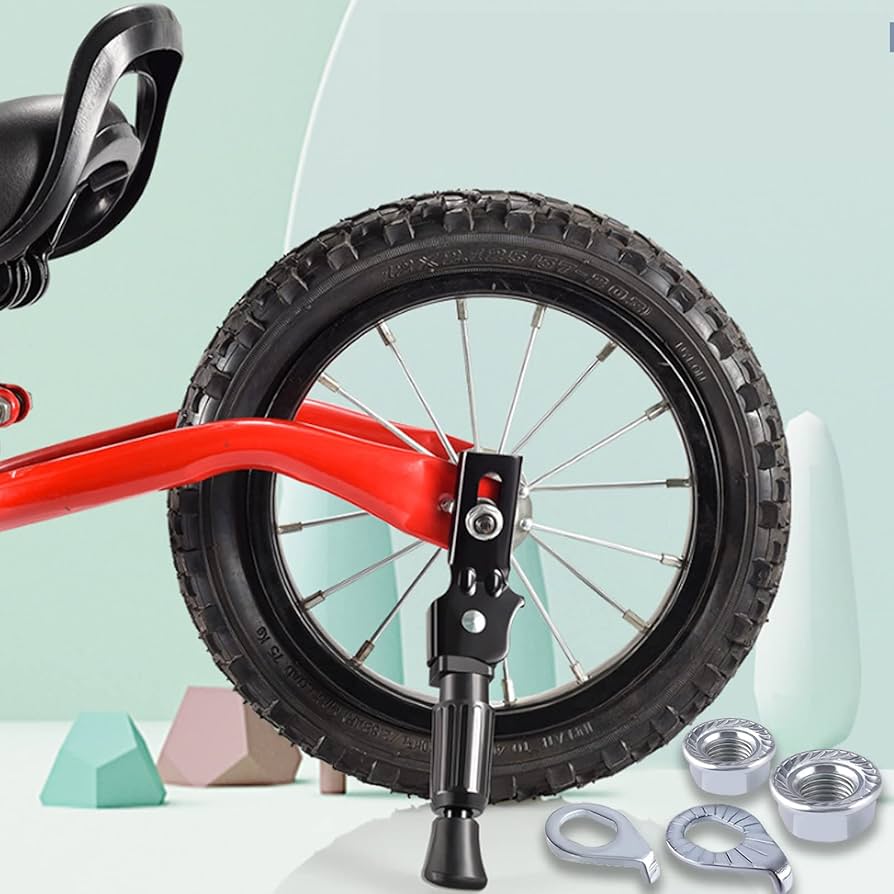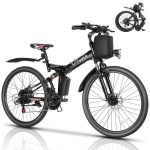Bicycle wheels play a crucial role in cycling performance. They provide the necessary support and stability while riding. Understanding the components of a bicycle wheel can significantly enhance your cycling experience. Each part works together to create efficient motion and ensure safety. In this article, we will delve into the various components of a bicycle wheel. We will also explore their functions, importance, and how they contribute to your overall riding experience.
The Basic Components of a Bicycle Wheel
Bicycle wheels consist of multiple parts that contribute to their functionality. Each component has a unique role. Understanding these roles can improve your cycling knowledge. Let’s take a closer look at the basic components of a bicycle wheel.
Spokes
Spokes are thin rods that connect the wheel rim to the hub. They provide essential structural integrity to the wheel. Spokes work by transferring the weight of the rider evenly across the wheel. When properly tensioned, spokes help maintain wheel shape. They can also absorb shocks from uneven terrain.
Choosing the right spokes can affect wheel performance. Thinner spokes are lighter but less durable. Conversely, thicker spokes are heavier but generally more robust. Additionally, the spoke pattern can influence strength. A three-cross pattern, for instance, offers additional support.
Rims
The rim is the outer edge of the wheel that holds the tire. Rims come in various materials, including aluminum and carbon. Aluminum rims are popular due to their lightweight and durability. Carbon rims, however, offer excellent aerodynamics. Each rim type serves different cycling needs.
Rim width also plays a significant role in performance. A wider rim provides better tire stability and traction. Moreover, rims can be tubeless, enhancing performance further. Tubeless rims allow riders to use lower tire pressure. This feature leads to a softer ride without the risk of pinch flats.
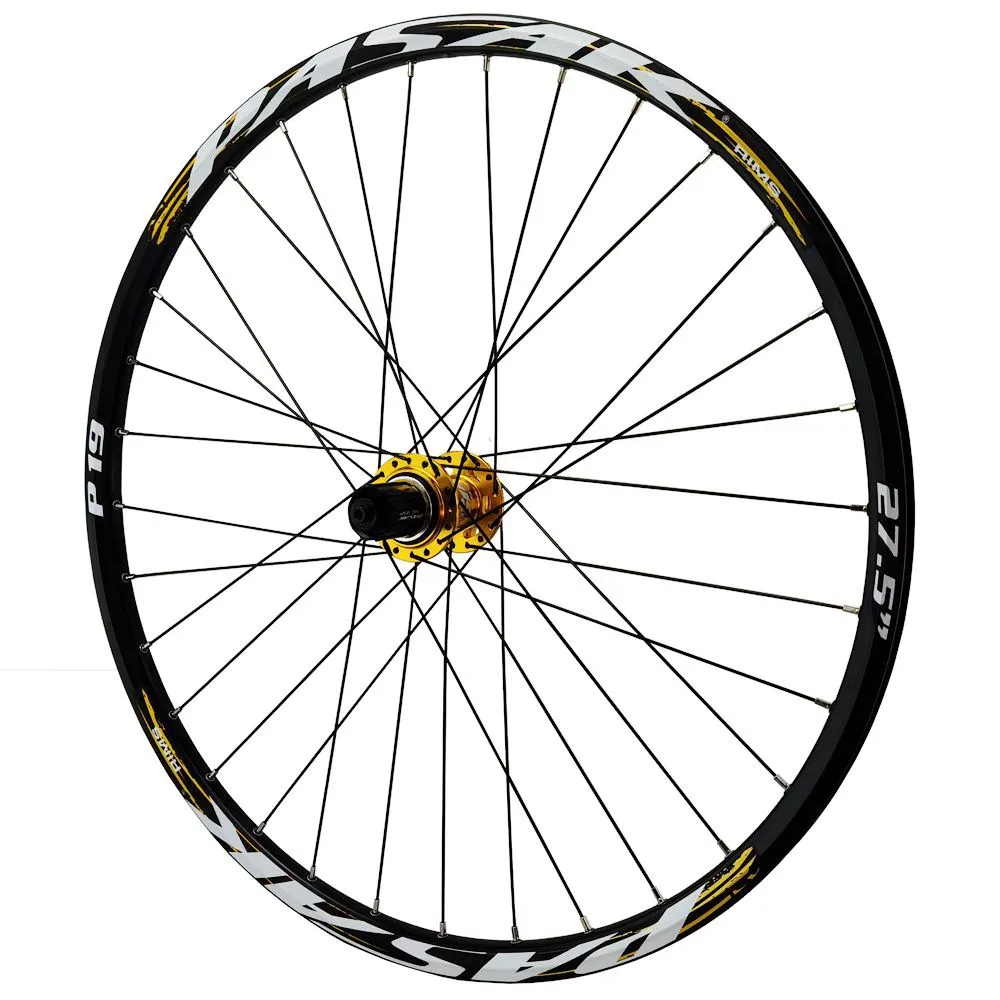
The Hub and its Importance
The hub is at the center of the wheel. It houses the axle and contains bearings. These bearings allow the wheel to spin freely. A high-quality hub can enhance overall cycling efficiency. There are different types of hubs for various biking styles. Understanding them can help you choose wisely.
Front and Rear Hubs
Front hubs primarily focus on steering. They need to be lightweight yet strong enough for control. Rear hubs, on the other hand, support more weight. They also contain the freehub mechanism, allowing for coasting. As a result, rear hubs are generally more complex.
Hubs can also come with different axle standards. Thru-axles are becoming increasingly popular. They offer a stiffer setup compared to quick-release systems. A better hub leads to a smoother ride. Investing in quality hubs is essential for serious cyclists.
Hub Bearings
Bearings are an often-overlooked aspect of hubs. They reduce friction between the moving parts. Better bearings can significantly improve wheel rotation. Higher-quality bearings can also enhance durability. Riders have a choice between sealed and open bearings.
Sealed bearings are protected from dirt and moisture. They usually require less maintenance. Conversely, open bearings are more accessible for servicing. However, they may need more frequent adjustments. When considering a hub, think about the type of bearings as well.
Tires: The Contact Point with the Road
The tire is the most visible part of a bicycle wheel. It is the only component that directly interacts with the ground. Therefore, it is crucial for performance and safety. Choosing the right tire can significantly affect your ride quality. There are various tire options, each suited for different conditions.
Tire Types
There are several types of bicycle tires to choose from. Road tires are typically smooth and lightweight. They are designed for speed and efficiency on paved surfaces. In contrast, mountain bike tires feature knobby treads for better grip on rough terrain. Hybrid tires attempt to combine features from both categories.
Furthermore, there are tube-type and tubeless options. Tube-type tires require inner tubes. They can be prone to punctures. Tubeless tires, however, can run without inner tubes. This setup minimizes flat risks and improves performance on the trail.
Tire Pressure
Tire pressure is another critical aspect. Maintaining the correct pressure affects handling and comfort. Overinflated tires can lead to a harsh ride. Underinflated tires can cause rolling resistance and increased risk of flats. Regularly checking tire pressure is a good practice.
Most tires have recommended pressure ranges printed on their sidewalls. Following these guidelines can enhance safety. Additionally, cycling conditions may require pressure adjustments. For instance, rough terrain may benefit from lower pressures. Always consider the surrounding conditions.
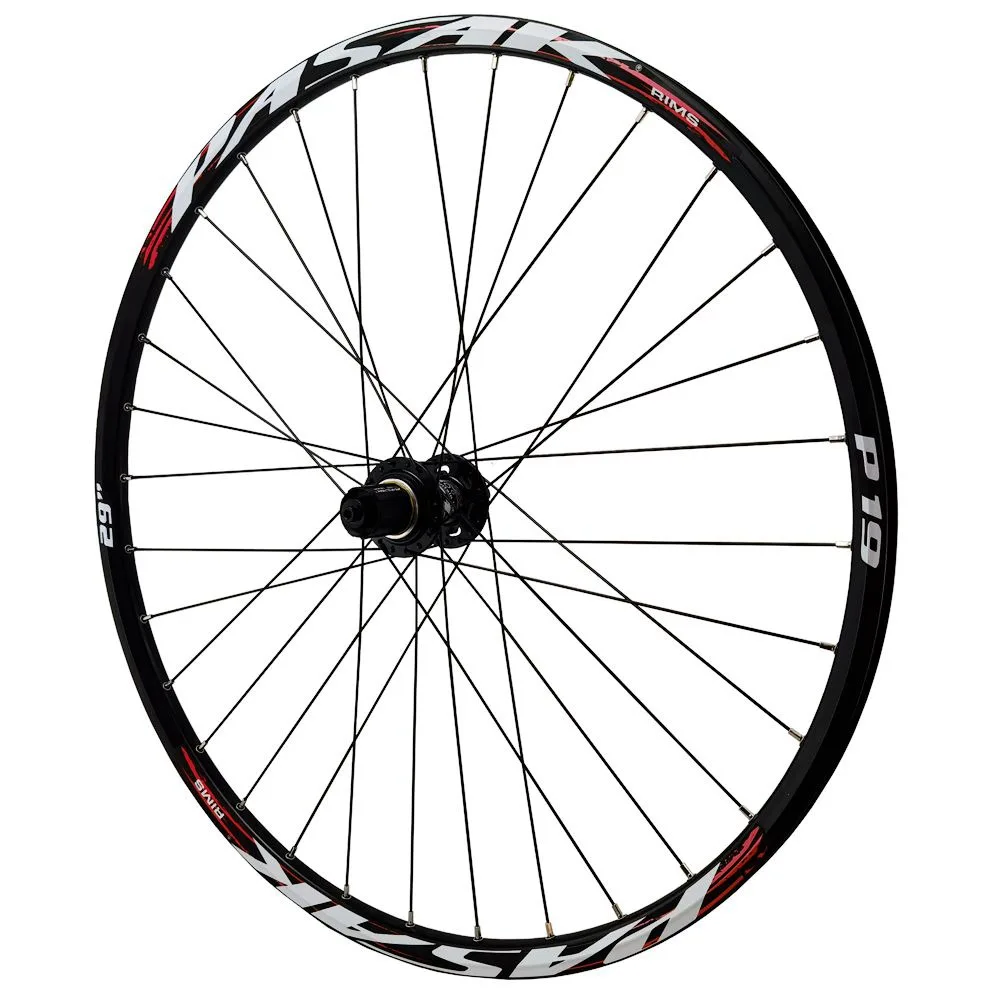
The Importance of Wheel Truing
Wheel truing is the process of aligning the wheel. Properly trued wheels improve performance and safety. A wheel that is out of true can cause discomfort while riding. Additionally, it can lead to uneven tire wear. Regular maintenance is crucial for wheel longevity.
Truing Tools
Truing requires specific tools to achieve optimal results. A truing stand allows you to see how straight the wheel is. A spoke wrench is necessary for adjusting spoke tension. These tools can be invaluable for maintaining bicycle wheels. They help ensure the bike remains in top shape.
Learning to true your own wheels can save time and money. It also enhances your mechanical skills. However, if you’re unsure, consider seeking professional help. A well-trained mechanic can ensure your wheels are perfectly aligned.
When to True Your Wheels
Various signs may indicate the need for truing. If you notice a wobble while riding, it’s time to assess your wheel. Additionally, check for any uneven wear on your tires. Frequent impacts or potholes can cause spokes to become loose. Regular inspections can help catch issues early.
Once you identify problems, take appropriate action. Addressing these issues promptly will help maintain the ride quality. Moreover, it can prolong the lifespan of your wheels. Regular maintenance is key to a sustainable cycling experience.
The Brake System and its Role
Brake systems are vital for safety. Effective brakes enhance your control over the bicycle. Different bike types utilize various brake designs. Each design has its advantages and disadvantages. Understanding these systems can improve your riding experience.
Rim Brakes
Rim brakes are among the most common systems used. They function by applying friction to the wheel rim. This design is lightweight and easy to adjust. However, they may struggle in wet conditions. Brake effectiveness can be compromised by grime or rain.
Moreover, rim brake systems might wear down the wheel rim over time. Regular maintenance is crucial for ensuring performance longevity. Additionally, consider using quality brake pads to enhance braking power. Rim brakes can be an excellent choice for casual riders.
Disc Brakes
Disc brakes offer superior stopping power in various conditions. They function by squeezing a rotor attached to the hub. This design ensures braking performance is less affected by wet weather. Disc brakes are generally more complex and heavier than rim brakes. However, they are generally preferred for mountain and touring bikes.
There are two main types of disc brakes: mechanical and hydraulic. Mechanical disc brakes use cables, while hydraulic brakes employ fluid for operation. Hydraulic options are usually more efficient but require more maintenance. Understanding these differences can help you choose the right system.
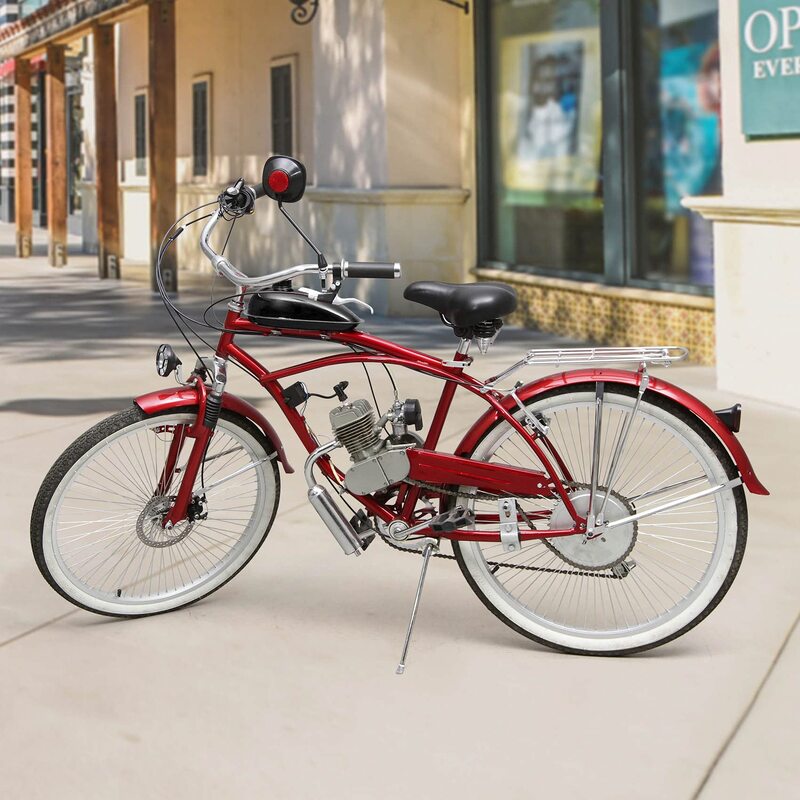
Conclusion: Keeping Your Wheels in Top Shape
Taking care of your bicycle wheels is essential for optimal performance. Regular maintenance enhances both safety and ride quality. Understanding the various components is a valuable aspect of cycling. It allows riders to make informed decisions when it comes to upgrades and repairs.
From spokes and rims to hubs and tires, each part plays a vital role. Understanding their functions can deepen your cycling knowledge. Additionally, learning about truing and brake systems is equally important. This knowledge will ensure safer and more enjoyable rides.
Investing time in maintaining your bicycle wheels pays off. With proper care, your bike can be a reliable companion for years. Understanding these components not only builds confidence but also enhances your performance. So take the time to know your wheels better. Happy cycling!
This comprehensive understanding of bicycle wheels is fundamental for all cyclists. It can undoubtedly elevate your ride experience. Ensure you keep these insights in mind for your next cycling adventure!
